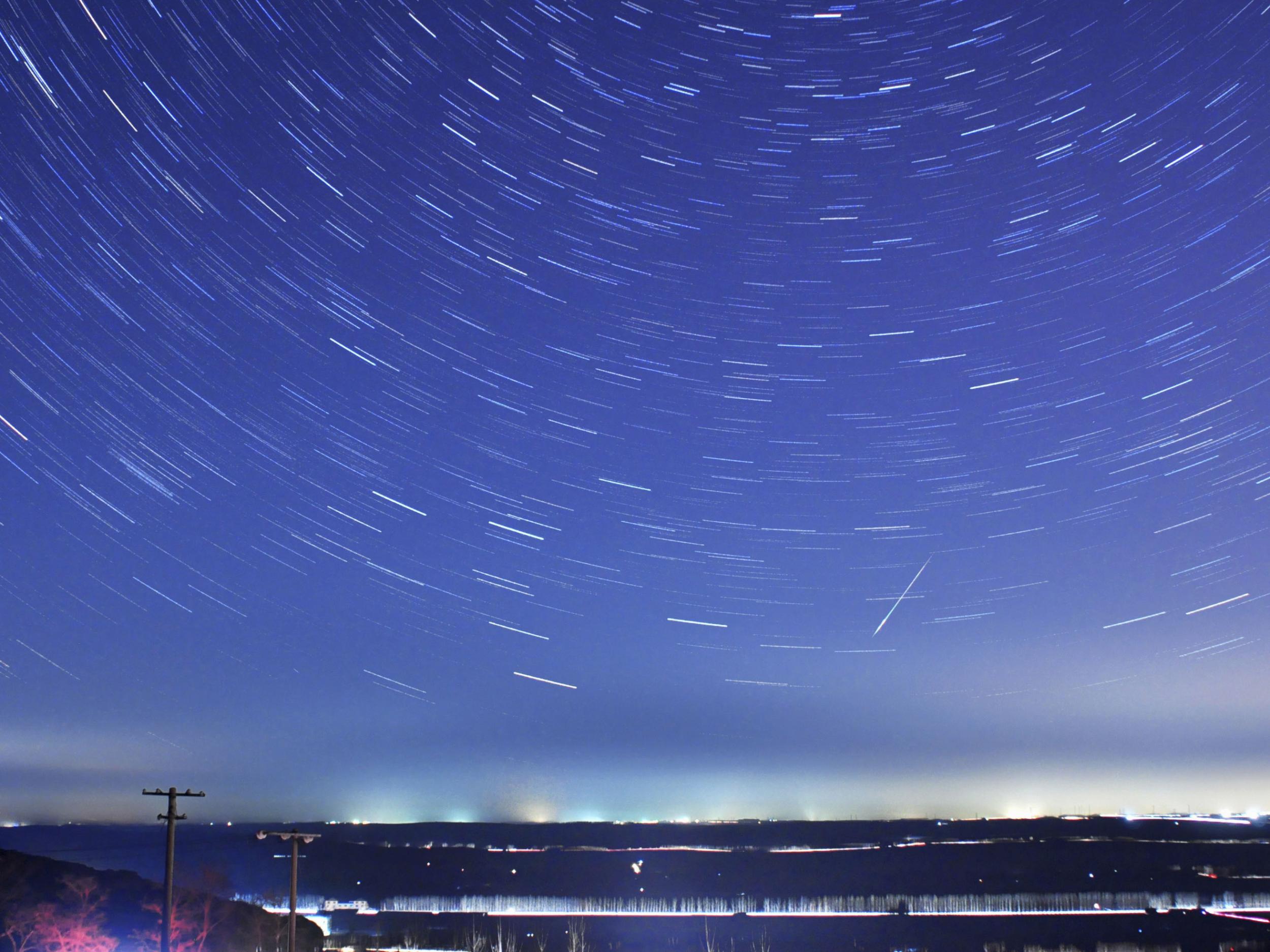Quadrantids: Best meteor shower of the year has arrived - how to see it
When to see the Quadrantid meteor shower

Your support helps us to tell the story
From reproductive rights to climate change to Big Tech, The Independent is on the ground when the story is developing. Whether it's investigating the financials of Elon Musk's pro-Trump PAC or producing our latest documentary, 'The A Word', which shines a light on the American women fighting for reproductive rights, we know how important it is to parse out the facts from the messaging.
At such a critical moment in US history, we need reporters on the ground. Your donation allows us to keep sending journalists to speak to both sides of the story.
The Independent is trusted by Americans across the entire political spectrum. And unlike many other quality news outlets, we choose not to lock Americans out of our reporting and analysis with paywalls. We believe quality journalism should be available to everyone, paid for by those who can afford it.
Your support makes all the difference.The Quadrantid meteor shower could be about to set the standard for 2022 – just days after it begins.
The spectacle will light up January’s cold and dark skies with as many as 50 meteors an hour.
It will peak on 3-4 January, with the brightest moment coming just before 9pm UK time (4pm EST) on 3 January. Relative to other meteor showers, the peak is especially key: within a couple of hours, the number of meteors drops by as much as 50 per cent.
Conditions for the show are especially good this year. It arrives not long after the New Moon, meaning that the sky should be especially dark.
And as with all meteor showers, no particular expertise or equipment is required to see it. Just head out somewhere dark if possible, look up to the sky and allow your eyes to adjust, which should mean you can spot the streaks of light as they shoot across the sky.
Meteor showers happen when the Earth passes through a cloud of debris left behind by comets and asteroids. As they collide with our atmosphere, they light up, streaking across the night sky.
The Quadrantids appear when Earth moves through debris left from the near-Earth asteroid (196256) 2003 EH1.. That might be the same extinct comet that was seen by Chinese astronomers more than 500 years ago.
They get their name from the constellation Quadrans Muralis, from which they appear to emerge, and which has since been abandoned and lives on primarily through the name of the meteor shower. Nowadays, the constellation where the lights appear to come from is known as Bootes, and is near the Plough.
Join our commenting forum
Join thought-provoking conversations, follow other Independent readers and see their replies
0Comments